What You Need To Stockpile For Disaster Right Now
Making sure that you have a healthy stockpile of supplies is a critical component in a survival situation because it ultimately makes the difference between life and death.
In a disaster scenario, the world around you will be devastated and will never be the same afterwards.
Having all of the gear and supplies that you need ensures that you and your family have enough provisions to outlast the disaster from inside your own home.
Stockpiling may sound like an intimidating, not to mention expensive, process, but we will tell you the most important provisions to stockpile and how much you should cache.
WATER
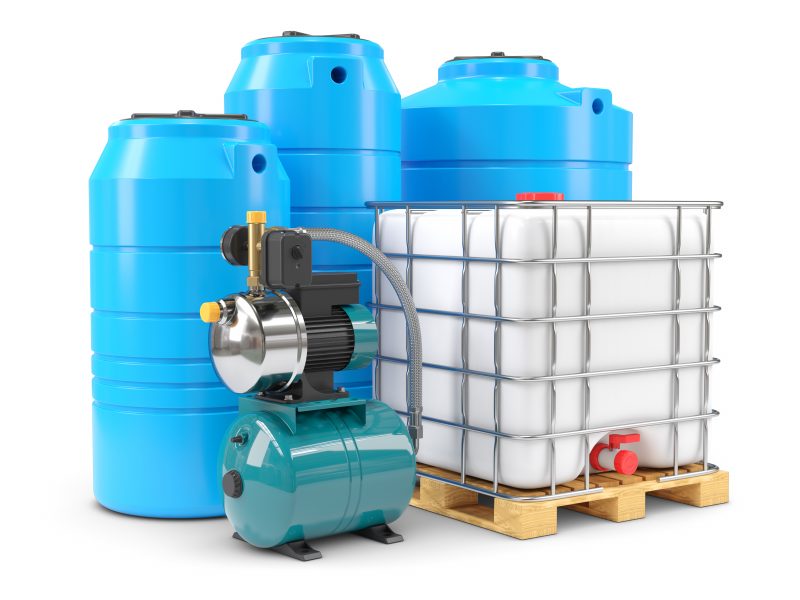
Stockpiling clean water is a no brainer in a survival situation. You need water not only for drinking, but also for personal hygiene and cleaning purposes as well.
What’s more, is that when the grid goes down there almost certainly will not be any running water, which only makes having a healthy supply of clean water more critical.
All of your water should be stored in a cool and dim location; water that is stored out in the heat and sun will only contaminate faster and you want to avoid this at all costs. Divide your water between large, stationary containers, and smaller containers and drinking bottles that you can transport anywhere.
As a general rule of thumb, every person in your group will need at least one gallon of clean water per day — half for drinking and the other half for personal hygiene.
After you’ve filled your water containers and stacked up your water bottles, use a marker or sharpie to write the date you stored the water and whether the water is meant for drinking, personal hygiene, or cleaning purposes. Rotate the water at least once every six months.
Of course, you will want a means to gain more water beyond the stockpile that you already have. A rainwater harvesting system will allow you to collect rain water for crop irrigation, and this can be purified to make it safe for drinking.
You should also have a large, family sized water filter and purification tablets ready to go, and get to know any local natural water sources.
FOOD
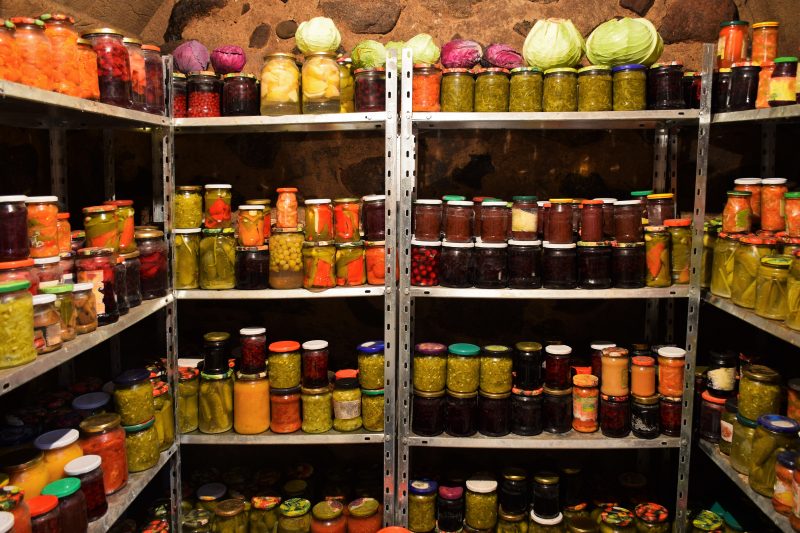
After water, the next most important thing to stockpile is food, specifically non-perishable foods that has a long shelf life. Beans, rice, canned meat and vegetables, MRE’s, granola bars, and flours are all excellent options to store for the long term in your pantry.
You’ll want to include a variety of foods so that you have a healthy balance of nutrients and vitamins.
It’s also wise to grow at least a few crops and even consider raising livestock such as chickens and rabbits if you have the space. Becoming self-sustaining for some of your food is the best long-term insurance.
FIREARMS AND AMMUNITION
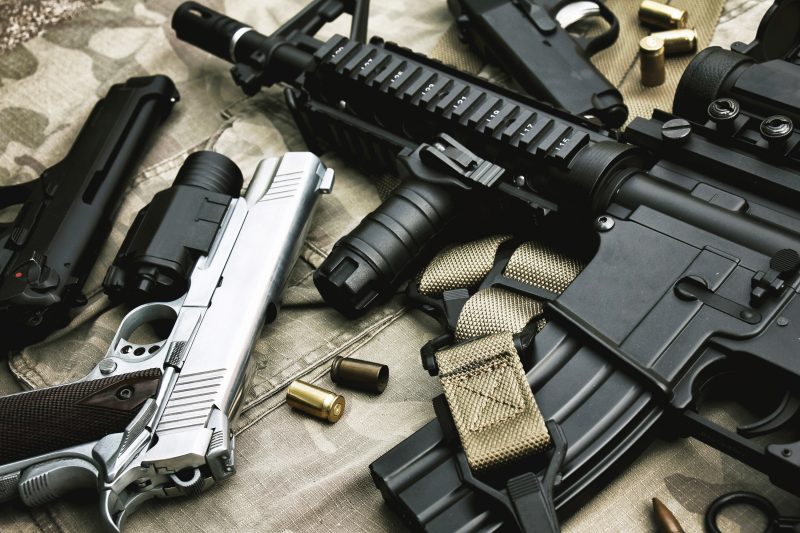
Everyone should agree protection and security are big priorities in a disaster scenario. Looters, raiders, and angry mobs are just a few examples of security threats in a disaster scenario.
Even if you’ve never considered yourself to be a gun person, you would still be wise to train with guns and have a few in your personal armory.
The guns in your prepping armory should have a reputation for reliability, accept common magazines and accessories, and shoot common ammunition that will be easy to find in a disaster scenario. 12 Gauge and 20 Gauge are the two most popular shotgun rounds, while .38 Special, .357 Magnum, 9mm, .40 S&W, and .45 ACP are popular rounds for handguns.
When it comes to rifles, 5.56x45mm NATO, 7.62x39mm, .308 Winchester, .30-06 Springfield, and 7.62x54r are all common options. And of course, every SHTF armory needs at least one .22 rifle.
Stockpile at least 1,000 rounds of ammunition per caliber, with much of that ammunition kept in pre-loaded magazines.
Train with your guns on the range so that reloading swiftly, clearing a malfunction, and assuming a full firing position become second nature to you. Also include a variety of guns in your armory: a .22 rifle, handgun, shotgun, semi-automatic military style rifle, and a longer range hunting rifle is a solid base of guns for a survival armory.
GASOLINE
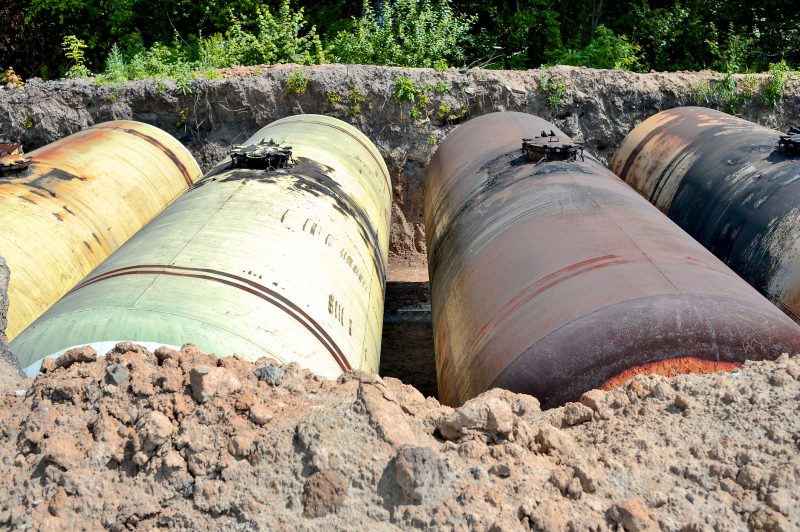
You need gasoline to power your vehicles and your generator. In a disaster scenario, the gasoline stores will dry up fast as gasoline becomes a precious commodity. Your gasoline should be stored in traditional red gasoline buckets and in cool and dry areas away from the sun.
It’s unwise to store gasoline directly in your home due to the chemicals that can seep out of the buckets, but storing them in your garage or outdoor shed works beautifully.
BATTERIES
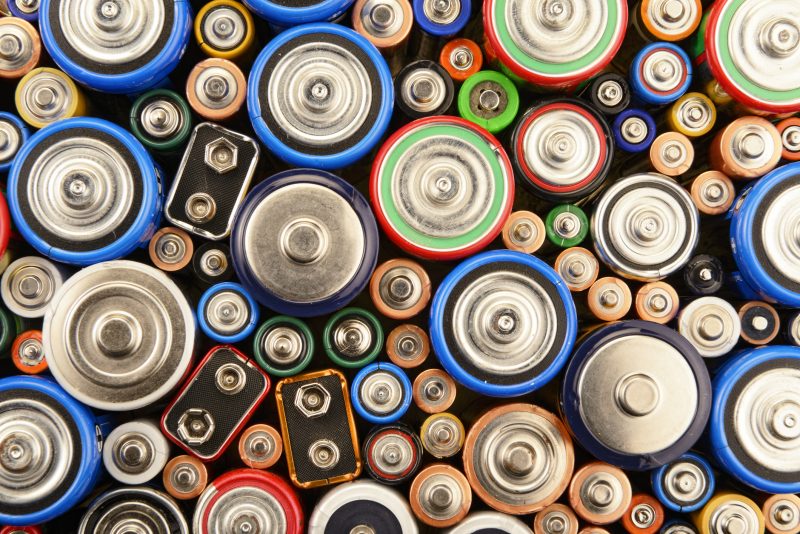
Here’s one item that’s important to stockpile but that many don’t: batteries. You’ll probably find yourself using batteries for flashlights more than anything else, but there’s a great host of other things that require battery power as well. Store a variety of different kinds of batteries and keep them out of the reach of children.
PERSONAL HYGIENE/FIRST AID ITEMS
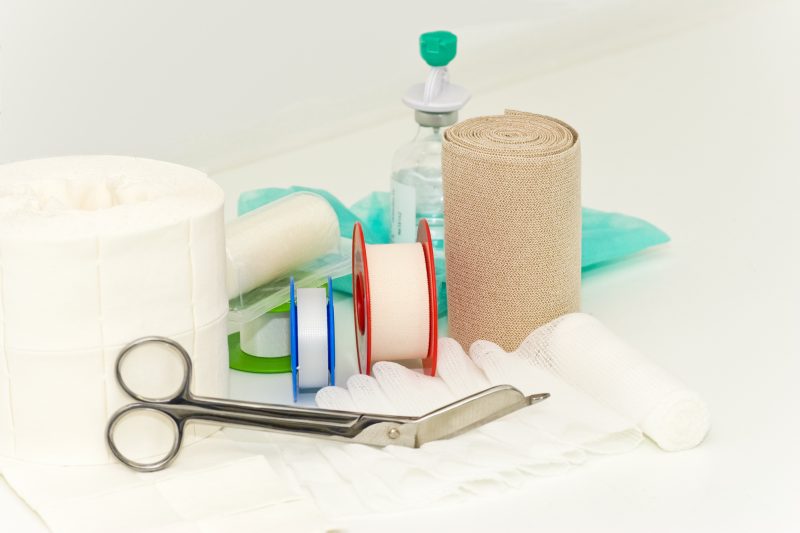
Personal hygiene will become even more important in a disaster scenario than it is now in our normal lives because the sanitation standards are going to drop dramatically. Diseases can spread rapidly and there will be no running water.
This is why stockpiling basic personal hygiene items is important for survival. Your personal hygiene stash better include a large quantity of soaps, shampoos, toothbrushes, toothpastes, toilet paper, hand sanitizer, paper towels, and so on.
First aid is also important in a survival situation, so a complete first aid kit and a healthy amount of basic medicines and prescription meds is also necessary.
BUILDING TOOLS
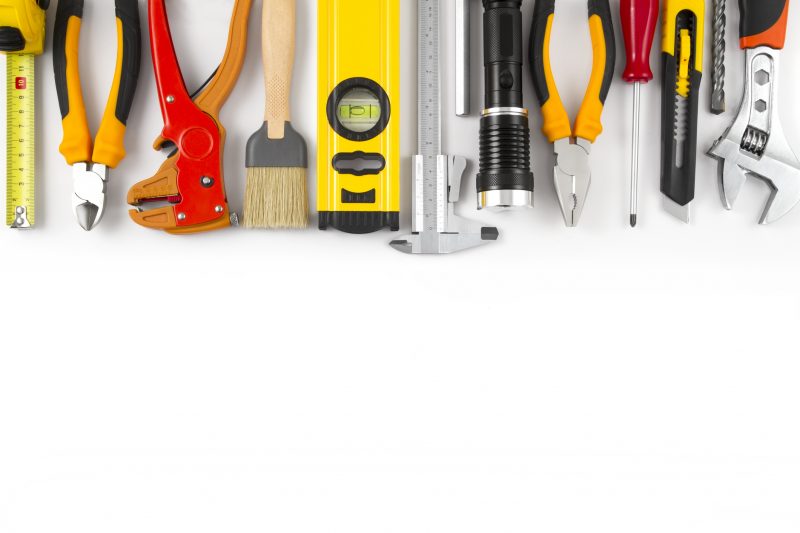
Be prepared to fix any damage to your property, and to block off any windows or other weak points where an intruder could easily enter.
A variety of different building tools and materials should be in your stockpile. Axes, hatchets, knives, saws, hammers, nails, screwdrivers and screws, and plywood are just a handful of the building tools that you should have.





